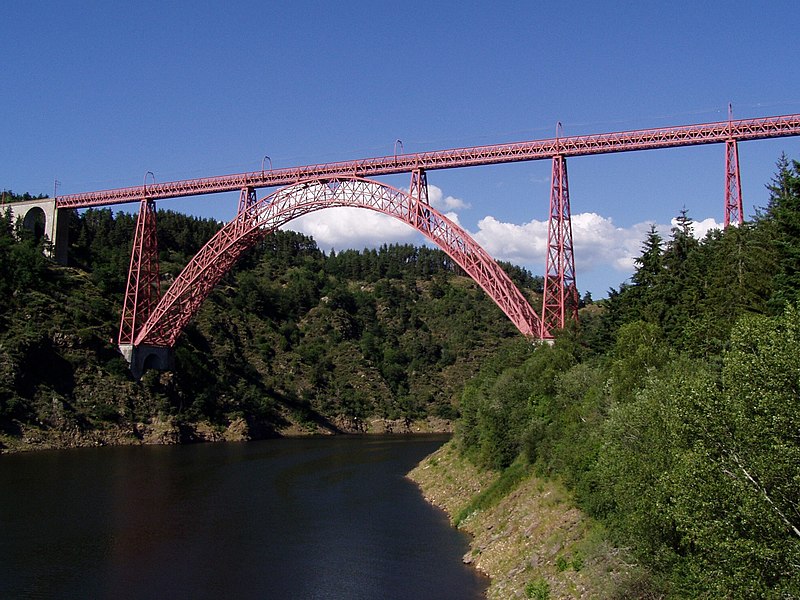
Take the Milau viaduct in France, designed by Michel Virlogeux and Foster's. This is big, it's big, it's unbelievably big. It's also blank. Over 300 meters high, stripped down, almost minimal, if anything that bloody big could be said to be minimal. It makes a virtue of its simplicity, its lack of fuss, its attention to function.

But of course, you can see that it has Foster's written all over it, the type and shape of concrete, the curved section, the guard rails, we recognise in them an architectural language just like any other. There is only so far you can follow the logic of functionalism before you're left with purely aesthetic choices. In which case, the architect just covers their tracks with solutionist rhetoric; you see, it absolutely HAD to be this way.



But here's an interesting thing. This is Francis Soler, Jérôme Lauth and Vincent Jacob's entry to the same design competition. Francis Soler is one of the new ornamentalists, his Ministry of Culture project in Paris is covered in a perforated latticework that is reminiscent of Guimard, and this project is remarkable for its attempt to invoke a previous language, in a structure often thought to be purely functional. Don't forget how massive the span and distance of this viaduct is, and think of the effect of this filigree structure when viewed from the distance. And of course, it's steeped in history, it's an evocation of Eiffel, transforming his bridges and towers into what is simultaneously a work of post-modern reference and hi-tech trickery. It's also a little reminiscent of Nouvel's Institute of the Arab World, also in Paris, what with its super-tech responsive mashrabiya.

Basically, a project like Soler's, both unprecedented and also entirely familiar (uncanny, perhaps? maybe not...), a project like this undermines the Hi-Tech insistence in the ideological emptiness of solutionism.

No comments:
Post a Comment